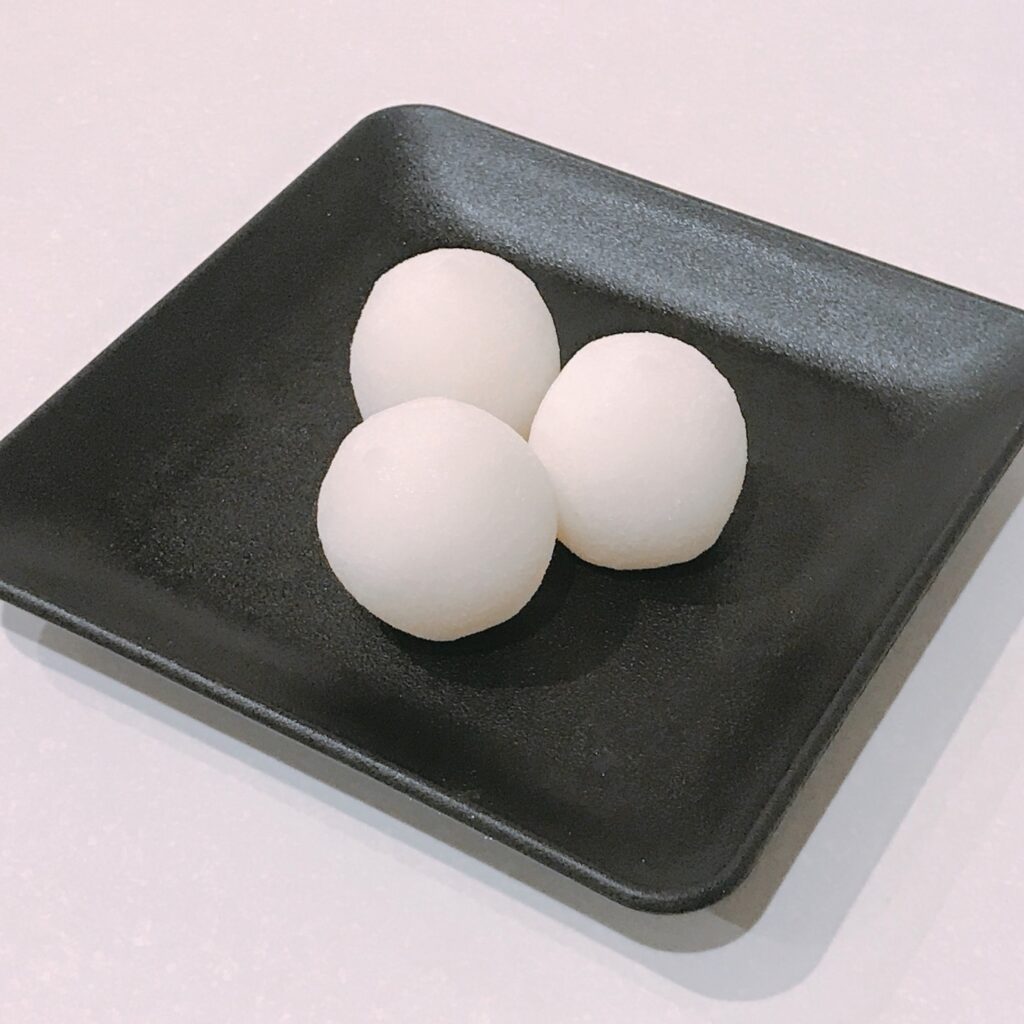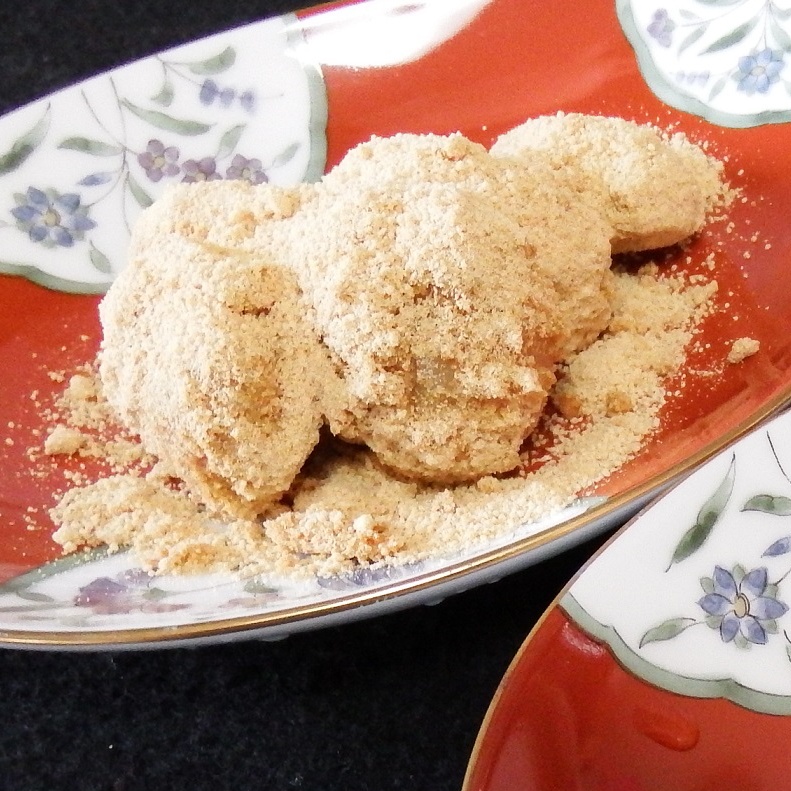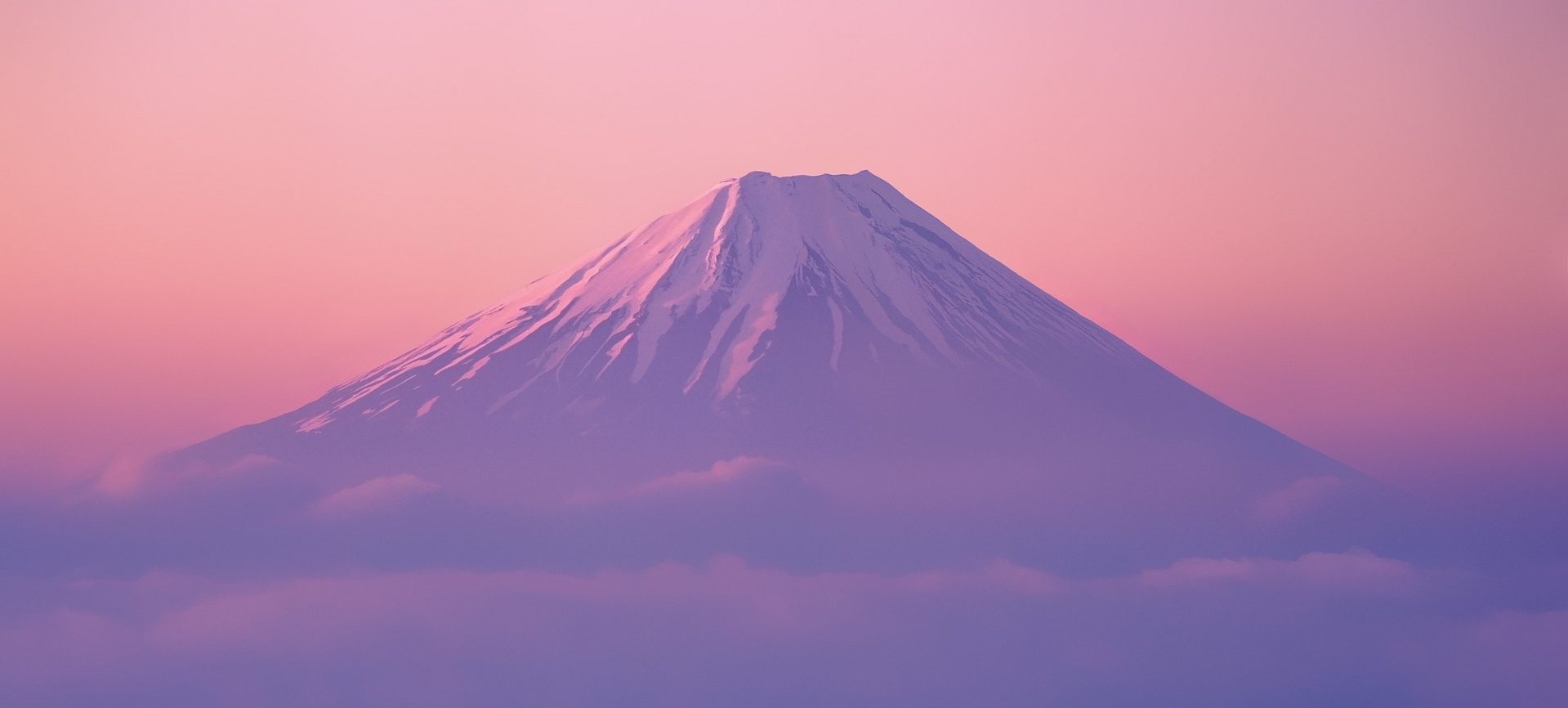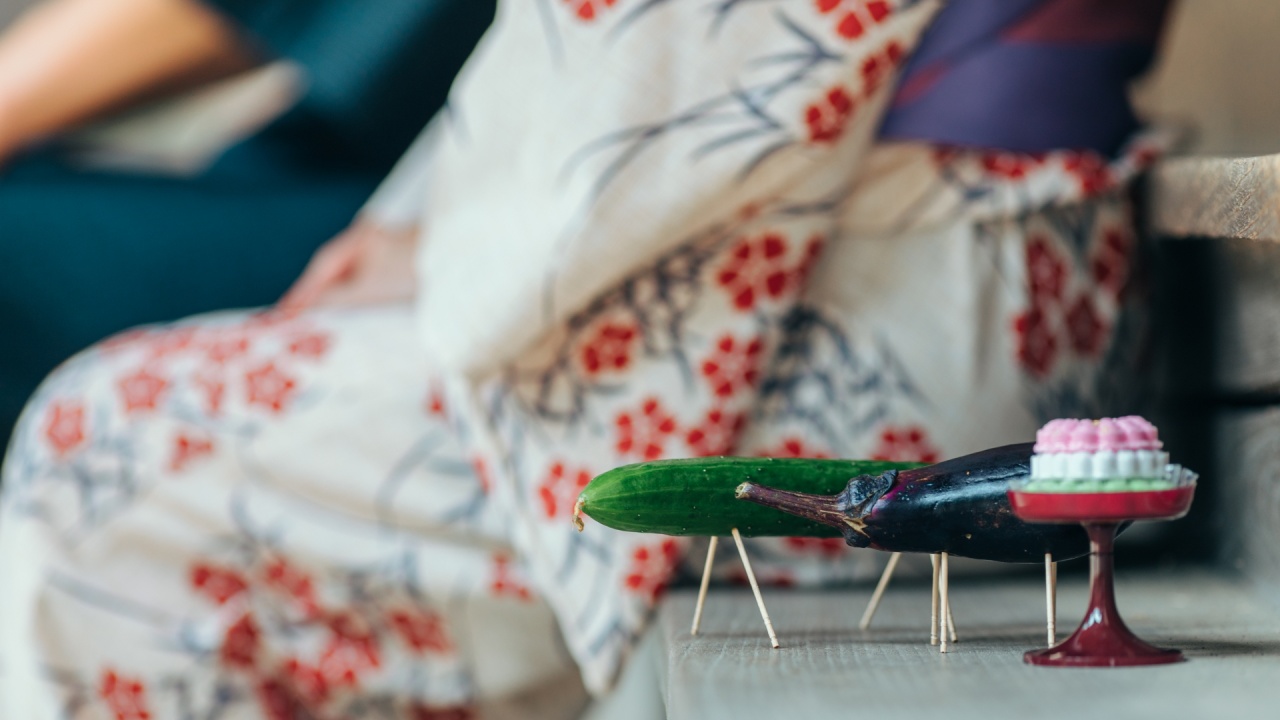一般に盆といわれている行事は、正しくは盂蘭盆会(うらぼんえ)といい、古代インドのサンスクリット語で逆さ吊りを意味するウランバナを語源としています。これは、亡き母が地獄で逆さ吊りの苦しみにあっていることを知った釈迦(しゃか)の十大弟子のひとり目連(もくれん)が、7月15日に供養してその苦しみから母を救ったという話に基づいています。
「旧暦読本」岡田芳朗 著
The event commonly referred to as Obon is actually Urabon-e, which comes from the ancient Indian Sanskrit word urambana, which means hanging upside down. This is based on the story when Mokuren, the one of Shakyamuni’s ten great disciples, learned that his late mother was suffering by hanging upside down in hell, and he saved his mother from suffering by offering a memorial service on July 15th.


古来より日本にあった「旧暦7月満月のころに、祖先の霊が訪ねてくる」という信仰に、仏教行事が結びついたと考えられています。なお、現代では8月の「月遅れ盆」が主流になっています。
It is believed that Buddhist events are connected to the ancient Japanese belief that “the spirits of our ancestors visit us around the full moon of the seventh month of the lunar calendar.” In addition, in modern times, the “Tsukudari Obon” in August has become the mainstream.
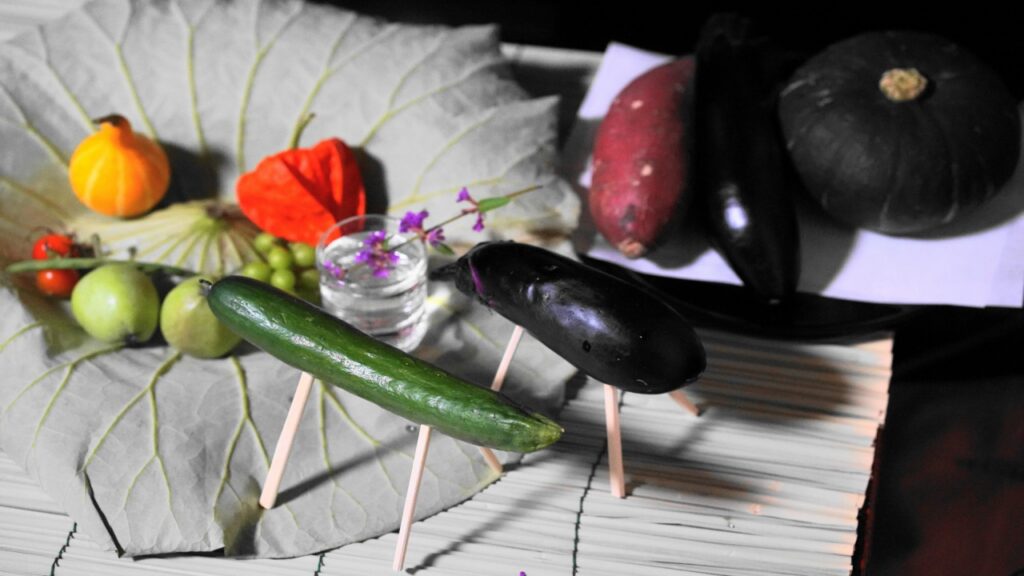
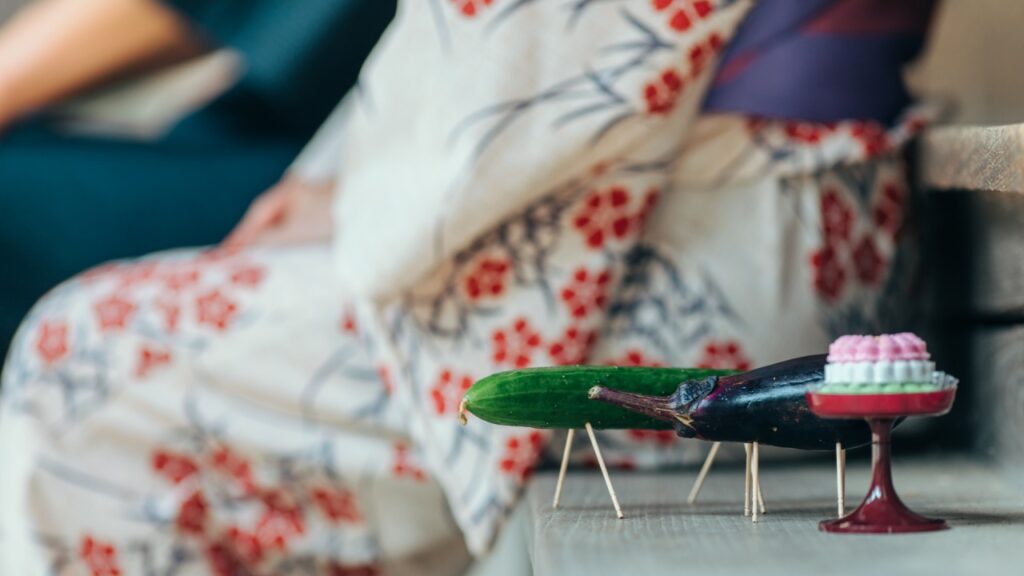
祖先の霊を迎えるにあたり、仏壇の前に盆ござを敷いて精霊棚(しょうりょうだな)を設えます。また精霊馬・牛(しょうりょううま)をつくり、野菜・鬼灯(ほおずき)・精進料理(しょうじんりょうり)などをお供えします。
To welcome the spirits of the ancestors, a bon mat is laid out in front of the Buddhist altar, and a spirit shelf is set up. We also make spirit horses and cows, and offer offerings such as vegetables, hoozuki, and vegetarian cuisine.
精霊馬・牛(しょうりょううま)/Spirit Horses and Cows
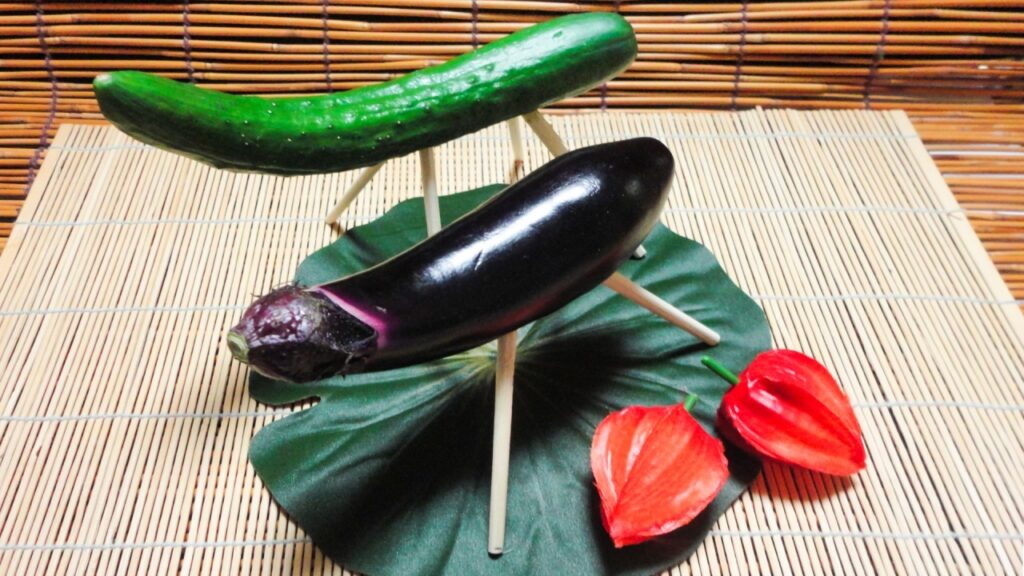
胡瓜(きゅうり)と茄子(なす)に4本の足をつけ、ご先祖さまがあの世と現世を行き来する時に使う乗り物に見立てている。
Cucumbers and eggplants have four legs attached to them to resemble the vehicles our ancestors use to travel between the afterlife and this world.
胡瓜(きゅうり)は「ご先祖さまが早く戻ってこれるように」足の速い迎えの馬。茄子(なす)は「ご先祖さまにゆっくりと帰っていただくために」足の遅い送りの牛。
Cucumber is a fast-footed horse that “so that our ancestors can come back quickly.’’Eggplants are slow-moving cows that are sent “so that our ancestors can return home slowly.”
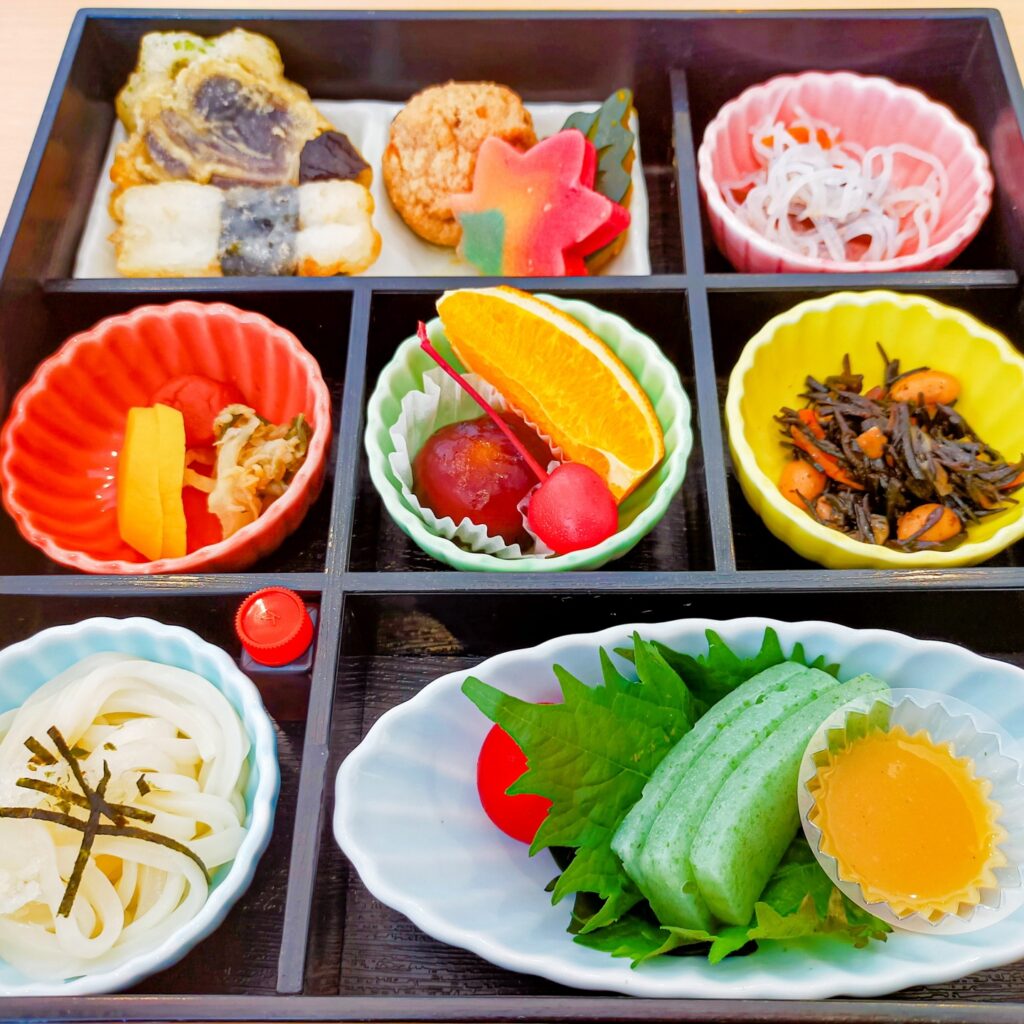

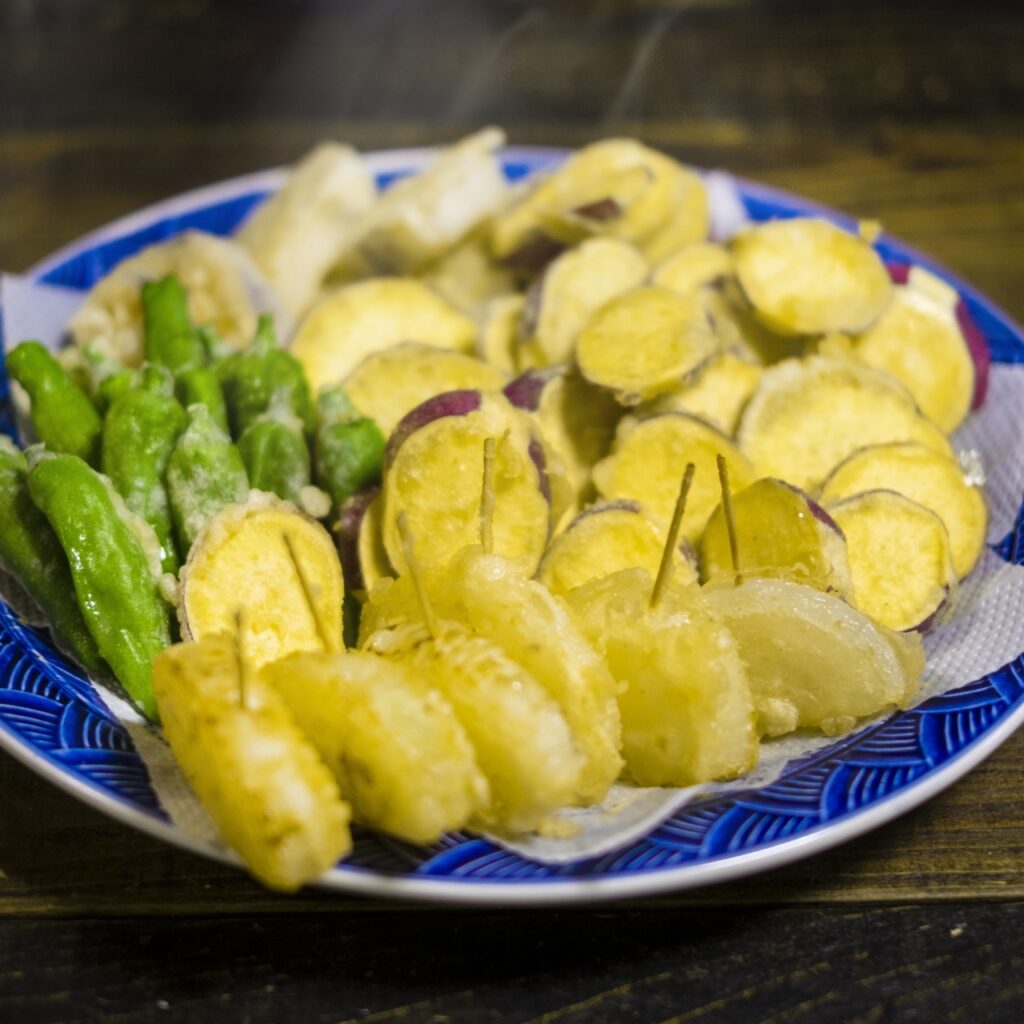
お盆の時期は、殺生を避けるために精進料理(しょうじんりょうり)など、野菜・穀物を中心としたものをお供えするとともに、私たちもいただきます。
During the Obon period, to avoid killing animals, we offer and eat food such as vegetarian cuisine, which is mainly made of vegetables and grains.
